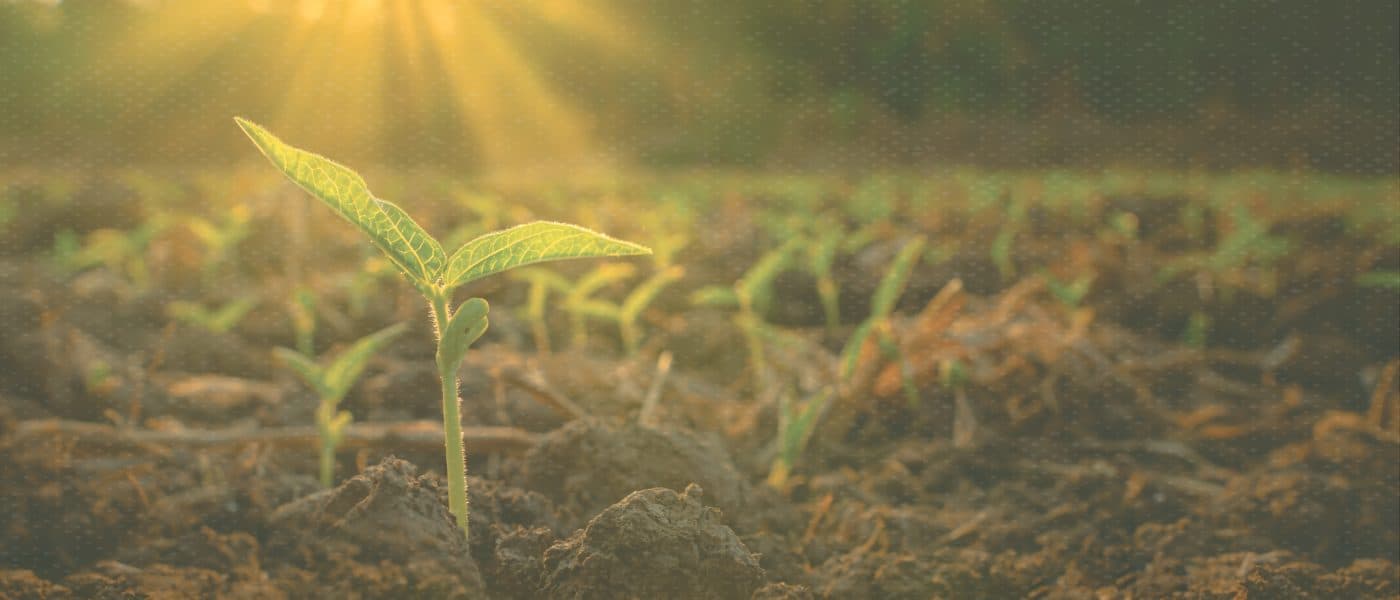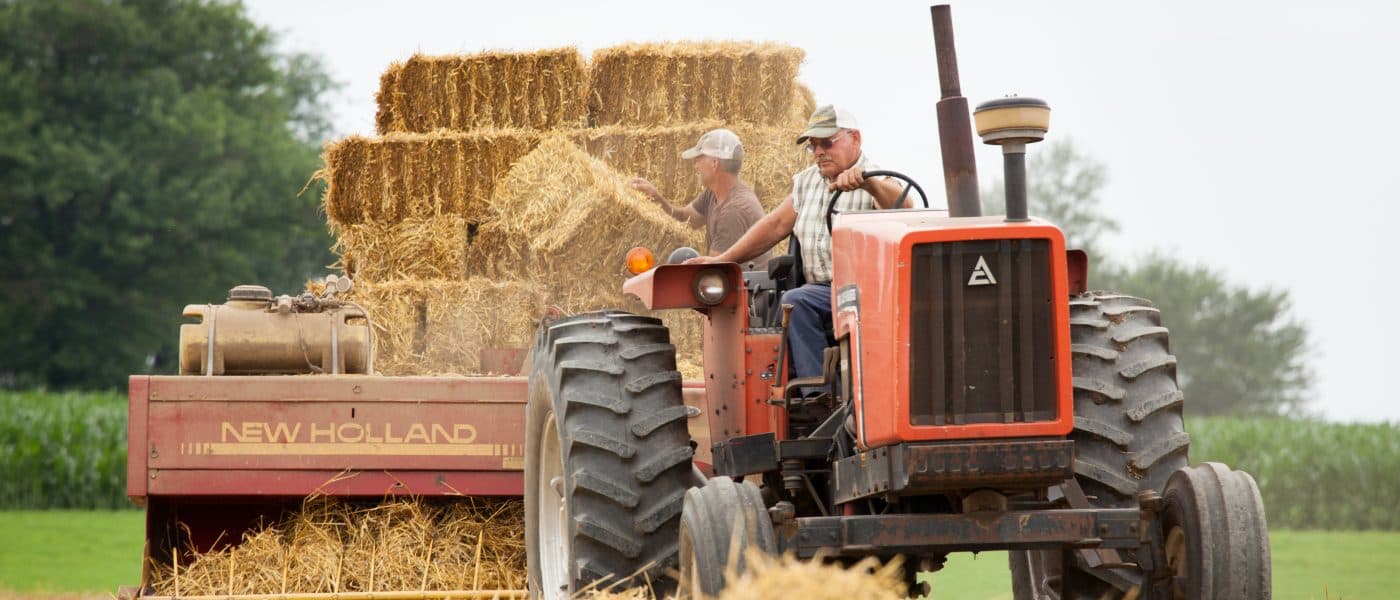August 2006
Dear Laura,
I am a third grade teacher and will be starting a fresh fruits and vegetables program for my students this fall. Do you have any advice for developing classroom activities that can help students make connections between food and family farmers?
Phil Bremner
San Jose, Calif.
Dear Phil,
A big congrats to you and your school! You are already headed in the right direction. Getting fresh food, hopefully from family farmers, into your school cafeteria is a huge accomplishment. Even better, your instinct to reinforce the message with some classroom activities is right on.
I am definitely not a teacher but it wasn’t too long ago that I was a kid. So, my thoughts around curriculum development are pretty basic. Classroom activities should appeal to all five senses. Children should be able to look at things, touch them, taste them, smell them and listen to stories or ask questions about them. Of course, activities should vary depending on the age and background of the children in your class. I guess it goes without saying that they should also be fun. As much as I like learning statistics about food and nutrition, that might not be the best place to start for most kids!
About a year ago, I was involved in the planning of a conference on farm to school (and institution) programs at Kenyon College. One of the most inspiring and fun workshops was called “Developing Innovative Farm to School Curricula,” which I think should give us a place to start.
The first presenter at the workshop was Lynn Walters who initiated a program called “Cooking with Kids” in Santa Fe, N.M. What started out as a volunteer program now reaches over 4,000 students – kindergarten through sixth grade, in eleven different schools. It teaches kids about food — where it comes from and how to prepare it. The “Cooking with Kids” program offers a wide variety of lesson plans and classroom activities.
At the center of this in-class work are the tasting and cooking classes. Through the exercise of tasting farm fresh foods in the classroom, students learn about where it came from, how it was grown and they record their observations of flavor and texture in food journals. We know that it takes children about twelve times to learn to like a new food, so this kind of classroom reinforcement makes it a lot more likely that they will choose the fresh veggies or fruits that your school has tried so hard to provide.
The cooking classes focus on making dishes from different regions of the world, thus expanding the lesson beyond food preparation, which in and of itself includes lessons on sharing, cooperation and math, history, geography and culture. Additionally, many of these classes are bilingual to reflect the cultural diversity of the students themselves. Cooking classes are taught by trained food educators in combination with the classroom teacher. These classes are designed to travel into the home and help students learn to better care for themselves into the future.
The other presenter for the workshop was Dana Hudson of the VT FEED (Food Education Every Day) Partnership. Frankly, my favorite memory from this presentation was the exercise of dressing a member of the audience up like a cow. The lesson was “How is a cow different from a person?” and we (the audience played the role of students) shouted things like, “A cow has a tail!” Miraculously, a tail appeared from a bag of props and was promptly pinned to the pants of one lucky volunteer. We were in stitches pretty much instantly.
VT FEED uses teams of teachers, farmers, food service staff and local community leaders to provide children with lessons that are rooted in place. They talk about the same kinds of farms that they see on their ride to school. In the case of Vermont, that means dairy farms are probably more likely than fields of soy beans. The curriculum combines lessons in the classroom, in the community, on local farms, in school gardens and in the cafeteria. The program weaves food and farm education into everyday learning.
This program also provides teacher training and a wide variety of tools and resources for interested teachers as well as parents, school administrators and school food workers.
These are definitely not the only curriculum models out there:
Further Reading
These are definitely not the only curriculum models out there:
- The Center for Ecoliteracy has a fantastic guide called “Rethinking School Lunch.”
- The Food Project has a guide called “French Fries and the Food System: A Year-Round Curriculum Connecting Youth with Farming and Food.”
- Our co-sponsor for the Kenyon conference was the Community Food Security Coalition, which is an excellent resource for all things Farm to Institution/Cafeteria.
Good luck and please send us a description of your classroom activities. We would love to hear your stories.

